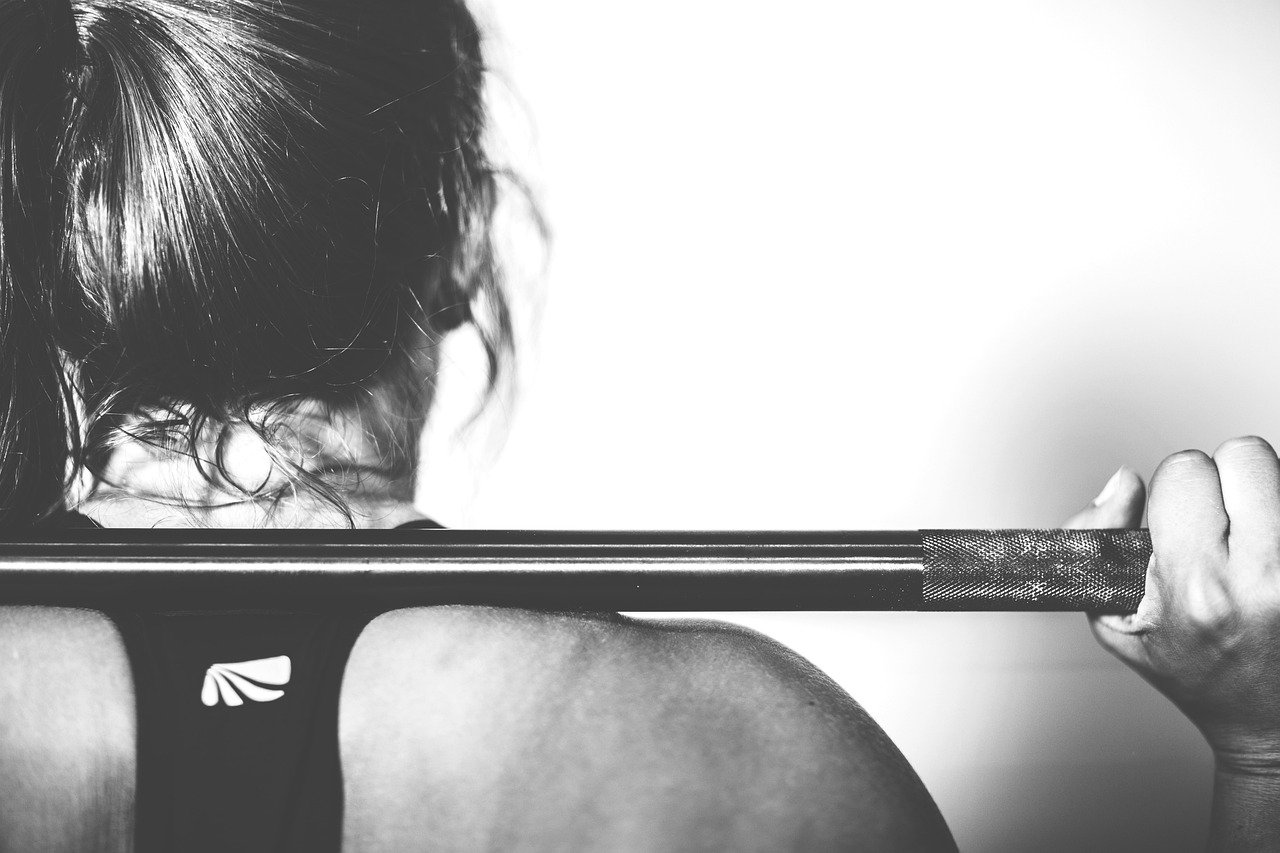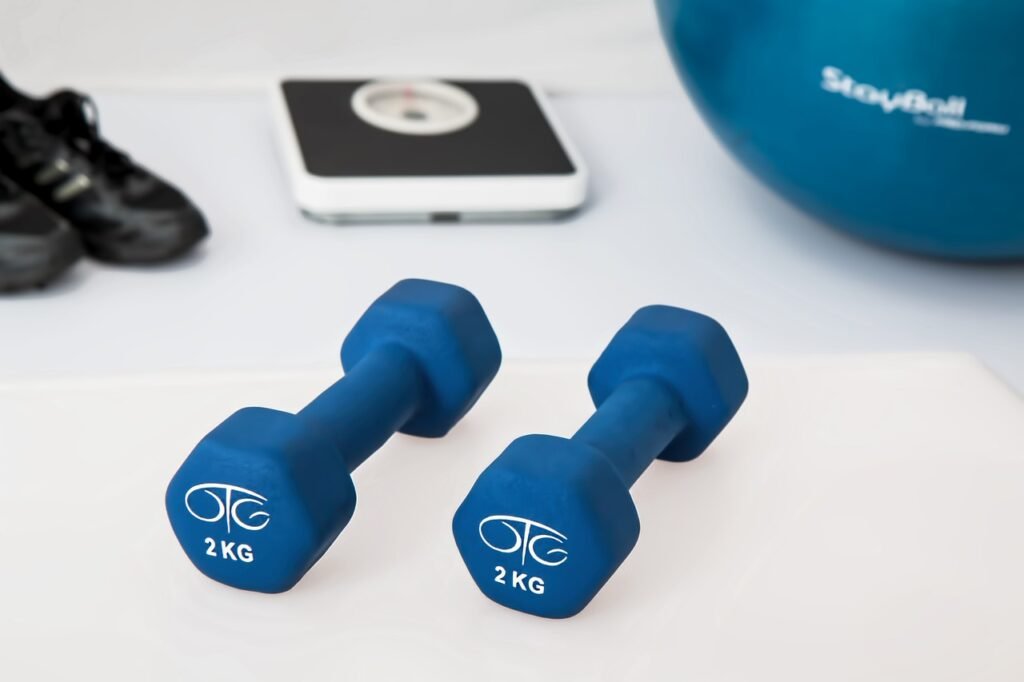
You have always heard that cardio workouts are essential for maintaining a healthy lifestyle, but do you know the art of mastering them? In this guide to effective cardio workouts, you will discover the key principles that will help you maximize your efforts and achieve optimal results. From understanding different types of cardio exercises to discovering the best strategies for intensity and duration, this article will equip you with the knowledge and techniques to unlock the full potential of your cardiovascular workouts. Get ready to take your fitness journey to the next level and become a master of effective cardio workouts.

This image is property of pixabay.com.
Find more product like these on Amazon!
Understanding Cardio Workouts
Cardiovascular exercise, commonly known as cardio, refers to any activity that increases your heart rate. These workouts are essential for improving your overall fitness level and promoting a healthy heart. Engaging in regular cardio can offer numerous benefits, such as weight loss, increased stamina, improved mood, and reduced risk of chronic diseases like heart disease and diabetes.
There are various types of cardio workouts available, allowing you to choose the one that suits your preferences and goals. Whether you prefer running, cycling, swimming, or dancing, cardio exercises can be customized to your fitness level and interests. It’s important to understand the different types to find the ones that resonate with you the most.
Setting Goals and Planning
Before starting any fitness program, it’s important to determine your fitness goals. This will help guide you in designing an effective cardio workout plan. Whether your aim is to lose weight, build endurance, or simply stay active, setting specific goals will provide you with a sense of direction and motivation.
Once you have established your fitness goals, it’s time to design a detailed cardio workout plan. This plan should include the types of cardio activities you will engage in, the frequency of your workouts, and the duration of each session. It’s crucial to create a plan that is realistic and sustainable, taking into account your current fitness level and schedule availability.
Creating a realistic schedule is key to staying consistent with your cardio workouts. Consider your daily commitments and allocate specific time slots for exercise. It’s important to prioritize your health and make your workout routine a non-negotiable part of your day. By planning ahead and organizing your schedule, you can ensure that you have dedicated time for your cardio workouts.
Warm-up and Stretching
Before jumping into your cardio workout, it’s essential to warm up your muscles and prepare your body for exercise. Warm-up exercises increase blood flow to your muscles, improve joint mobility, and help prevent injuries. Spending a few minutes warming up can significantly enhance your performance and overall workout experience.
There are various recommended warm-up routines you can incorporate into your cardio workouts. Dynamic stretching, such as arm circles, leg swings, and hip rotations, can help loosen up your muscles and increase their range of motion. Additionally, light cardio exercises like jogging in place or jumping jacks can gradually elevate your heart rate and warm up your cardiovascular system.
Effective stretching techniques during and after your cardio workouts can help alleviate muscle tension and improve flexibility. Stretching exercises like hamstring stretches, quad stretches, and calf stretches are particularly beneficial for relieving tightness in the lower body. Remember to hold each stretch for 15-30 seconds and avoid bouncing or forcing any movements.
Cardio Equipment and Options
When it comes to cardio workouts, you have a plethora of options to choose from. If you prefer exercising indoors, choosing the right cardio machine is crucial. Treadmills, stationary bikes, ellipticals, and rowing machines are popular choices in gyms and home setups. Consider your preferences, fitness goals, and any specific physical limitations when selecting the appropriate cardio equipment.
Outdoor cardio exercises provide a refreshing change of scenery and offer unique challenges. Running or jogging outdoors allows you to explore your surroundings while getting a great cardiovascular workout. Other outdoor options include cycling, hiking, and swimming. These activities not only provide cardiovascular benefits but also incorporate the beauty of nature and fresh air.
Group classes and sports activities are excellent ways to engage in cardio workouts while enjoying a sense of community. Popular group classes include aerobic dance, kickboxing, Zumba, and spin classes. Joining a sports team or participating in recreational activities like basketball, soccer, or tennis can also be a fun way to incorporate cardio into your routine.

This image is property of pixabay.com.
Intensity and Duration
Understanding intensity levels for cardio workouts is crucial in optimizing your training. The intensity of your workouts determines the amount of effort and energy you exert. There are different intensity levels, including low, moderate, and high intensity, each serving a specific purpose in your cardio routine.
To determine your target heart rate, you can use the maximum heart rate formula: 220 minus your age. This will give you an estimate of the maximum heart rate you should aim for during your cardio workouts. Monitoring your heart rate ensures that you are optimizing the benefits of your cardio exercise and working within a safe and effective range.
The duration and frequency of your cardio sessions depend on your fitness goals and overall fitness level. For general health and maintenance, aim for at least 150 minutes of moderate-intensity cardio or 75 minutes of vigorous-intensity cardio each week. You can divide these sessions into 30-60 minutes per day, depending on your schedule and preferences.
Variety in Workout Routines
Varying your cardio exercises offers a wide range of benefits. Firstly, it prevents boredom and keeps your workouts fun and engaging. Trying different cardio activities allows you to discover new forms of exercise that you may enjoy more than your usual routine. Additionally, incorporating variety challenges your body in different ways, leading to more well-rounded fitness.
There are countless options for exploring different cardio activities. If you primarily engage in running, try switching to cycling or swimming for a change of pace. High-intensity interval training (HIIT) is another effective way to vary your workout routine. Incorporating short bursts of intense activity followed by periods of rest or lower-intensity exercise can significantly improve your cardiovascular fitness.

This image is property of pixabay.com.
Proper Form and Technique
Maintaining proper posture and alignment throughout your cardio workouts is vital for maximizing efficiency and preventing injuries. Pay attention to your body positioning during each exercise. For example, when running, ensure that your spine is straight, your shoulders are relaxed, and your arms are comfortably swinging by your sides.
Proper breathing techniques during cardio workouts are crucial for optimizing performance and preventing dizziness or discomfort. Practice breathing deeply and rhythmically, inhaling through your nose and exhaling through your mouth. Focusing on your breath can help you stay centered and maintain a steady rhythm during your cardio exercises.
Preventing common exercise injuries is essential to ensure the longevity of your cardio workout routine. Always start with a proper warm-up, gradually increasing the intensity of your exercise. Listening to your body and avoiding overexertion is crucial in preventing strains, sprains, or other injuries. If you experience any pain or discomfort, consult with a healthcare professional.
Monitoring Progress and Tracking
Tracking your progress during cardio workouts can provide valuable insights and keep you motivated. Using heart rate monitors and fitness trackers can help you monitor your heart rate, calories burned, and distance covered. These devices provide real-time feedback, allowing you to gauge the effectiveness of your workouts and make necessary adjustments.
To measure endurance and fitness improvements, consider performing regular fitness assessments. These assessments can include tests like the mile run, the beep test, or the Cooper test, depending on your preferences and fitness level. By periodically repeating these assessments, you can track your progress and celebrate your achievements.
Keeping a workout journal is another effective way to monitor your cardio workouts. Jot down details like the type of exercise, duration, intensity, and any observations or notes. This journal not only serves as a record of your progress but also allows you to reflect on your workouts and identify patterns or areas for improvement.
Fueling Your Body for Cardio
Proper nutrition plays a crucial role in supporting your cardio workouts. Fueling your body with the right nutrients ensures that you have sufficient energy for optimal performance and effective recovery. Focus on consuming a balanced diet that includes a variety of fruits, vegetables, lean proteins, whole grains, and healthy fats.
For pre-workout nutrition, it’s important to consume a balanced meal or snack that provides sustained energy. Opt for complex carbohydrates like whole grain toast with nut butter or a banana with Greek yogurt. Additionally, make sure to stay hydrated by drinking water before, during, and after your workouts.
Post-workout recovery nutrition is essential for replenishing energy stores and promoting muscle repair. Consuming a combination of carbohydrates and lean protein within 30-60 minutes after your workout is ideal. Examples of post-workout snacks include a protein smoothie, a turkey and vegetable wrap, or a handful of nuts and dried fruits.
Staying Motivated and Overcoming Plateaus
Maintaining motivation for cardio workouts can sometimes be challenging, especially when faced with plateaus or lack of progress. The key to staying motivated is finding internal sources of inspiration. Identify your personal reasons for engaging in cardio exercise, whether it’s a desire for improved health, stress relief, or increased self-confidence.
Setting specific milestones can help you stay motivated and provide a sense of accomplishment. Celebrate each milestone you reach, whether it’s completing a certain distance, reaching a target heart rate, or achieving a personal best time. Treat yourself to small rewards like a new workout outfit or a relaxing massage to acknowledge your hard work.
When faced with fitness plateaus, it’s important to switch up your routine and challenge yourself in new ways. Try incorporating cross-training activities or increasing the intensity of your workouts. Consulting with a fitness professional or joining a supportive community can also provide fresh perspectives and helpful advice in overcoming plateaus.
Mastering the art of effective cardio workouts requires careful planning, dedication, and a willingness to explore different options. By understanding the various aspects of cardio exercise, setting realistic goals, and implementing the tips and techniques mentioned above, you can optimize your cardio workouts and enjoy the numerous benefits they offer. Remember to always listen to your body, enjoy the process, and celebrate your progress along the way.

